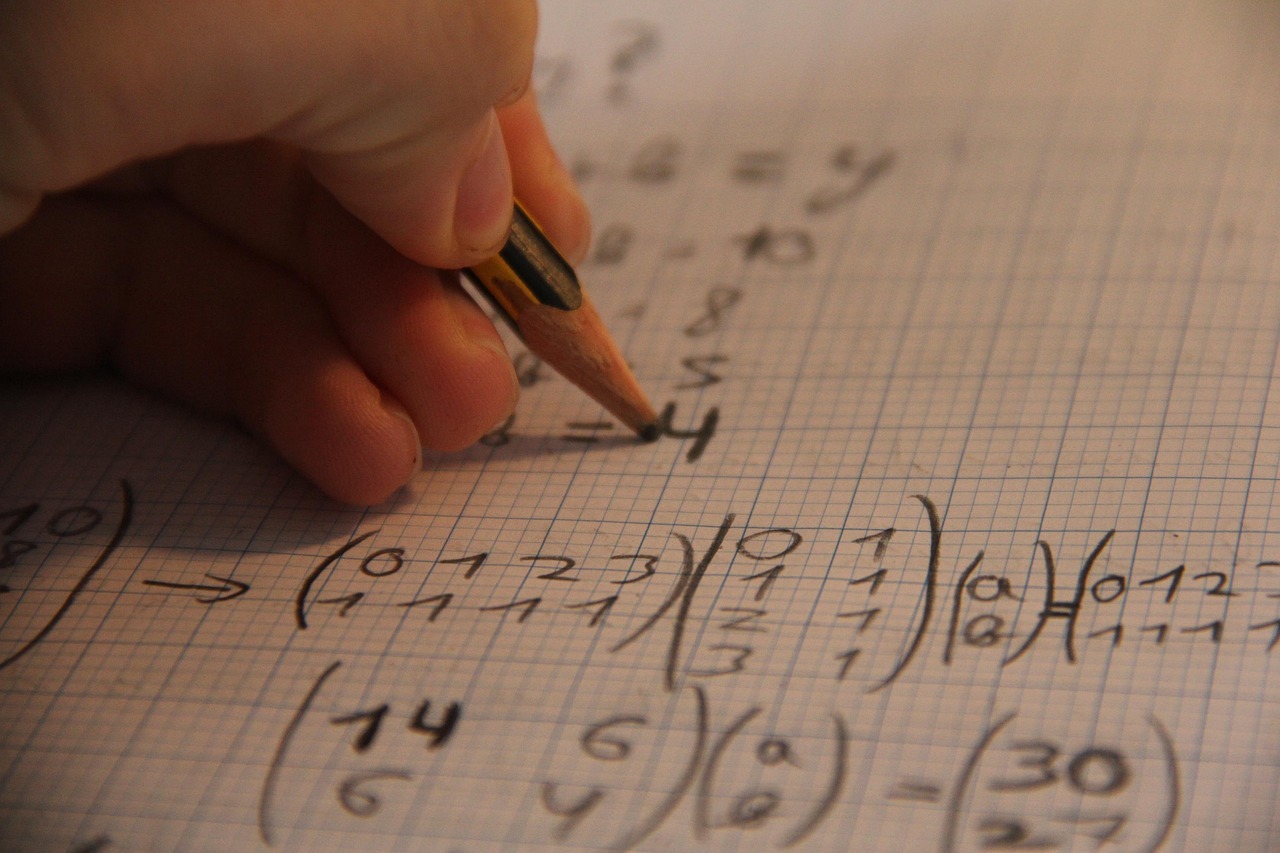
Semester: 1
Target audience: 2nd-year engineering students in science and technology
This course serves as an introduction to scientific computing. Its objectives are to:
- Present fundamental numerical methods that enable solving real-world engineering problems.
- Identify the challenges associated with the numerical resolution of real-world problems.
- Develop and apply discretization methods for continuous problems.
Course Content:
Introduction to Numerical Analysis
1.1. Sources of Errors: Modeling errors, data errors, approximate values, error propagation, relative and absolute errors, floating-point arithmetic, IEEE-754 standard, rounding errors, truncation error, significant digits, risky operations.
1.2. Conditioning and Stability: Examples of numerical instabilities, problem conditioning.
1.3. Methods and Algorithms: Exact methods, approximate methods, iterative methods.
Solving Nonlinear Equations
2.1. Functions of a Real Variable: Localization theorems and root separation.
2.2. Classical Methods: Bisection method, secant method, stopping criteria.
2.3. Iterative Methods: Fixed-point method, Newton’s method, order of convergence, stopping criteria.
- Teacher: snouri1 Sarah Nouri